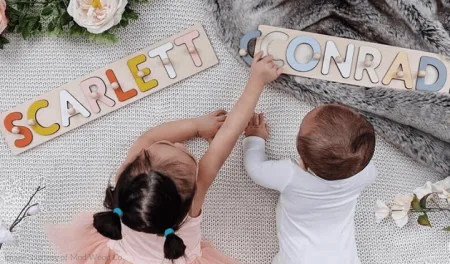In the realm of digital creation, the integration of artistry and 3D modeling opens up boundless possibilities. One such blend is the incorporation of Substance painter in Blender, merging the power of high-level texturing with robust modeling capabilities. This amalgamation, when employed appropriately, creates digital artifacts that are compelling and visually stunning. This guide focuses on unveiling the fusion of artistry and 3D modeling and how it can elevate digital creation to newer heights.
The Intersection of Traditional Art and 3D Modeling
Traditional artistic skills remain valuable even in the digital world of 3D modeling. An understanding of composition, lighting, and color theory can greatly enhance the overall visual impact of a 3D model. It can help create realistic environments and captivating characters, making them resonate with viewers on an emotional level. Meticulously adding these artistic details to 3D models can turn a simple model into a mesmerizing digital artwork.
As per Adobe, “The substance 3D add-on lets you use the Substance 3D materials easily in Blender.”
Unveiling the Power of Textures
Textures play an instrumental role in infusing life into 3D models. They offer a sense of realism and depth that can distinguish between a flat, uninteresting model and a realistic, visually captivating one. From the intricate patterns on a piece of fabric to the rough and rugged surface of a brick wall, textures add an extra layer of depth and visual interest to 3D models. Mastering the art of applying and manipulating textures can significantly enhance the quality of 3D artwork.
Adding the Third Dimension with Lighting and Shading
Lighting and shading are key to achieving depth and dimensionality in 3D modeling. They shape how a model interacts with light, impacting its form, depth, and overall mood of the scene. Proper lighting can enhance textures, emphasize details, and enhance visual narrative. Similarly, effective shading can make a model seem more three-dimensional by creating a play of light and shadow.
The interplay between light and shadows can evoke various emotions and set the tone for the entire scene. Artists can experiment with different lighting setups, such as natural sunlight, moody moonlight, or dramatic artificial lighting, to create specific atmospheres that enhance the storytelling aspect of the artwork.
The Role of Advanced Tools and Software
Advanced 3D modeling and texturing tools like Blender and Substance Painter have revolutionized the digital art landscape. These tools offer a wide range of features that allow artists to create highly detailed and realistic 3D models. They enable artists to apply textures, add lighting, and manipulate shapes with precision, speed, and efficiency, thus transforming their creative visions into tangible digital realities.
Polishing Your Artwork with Post-Production
Once a 3D model is fully rendered, the creative process doesn’t stop there. Post-production plays a crucial role in refining the final piece of art. This involves color correction, compositing, adding effects, and even retouching, which can enhance the visual appeal and the level of realism of the model. Post-production is like the finishing touch, tying all the elements together to create a cohesive and visually stunning piece of art.
The fusion of artistry and 3D modeling is a multifaceted process that combines traditional artistic skills and modern digital tools. Artists can create extraordinary digital art pieces by exploring and mastering textures, lighting, shading, advanced software, and post-production techniques.
This seamless blend of art and technology allows artists to push the boundaries of creativity and redefine the realms of digital art. The right tools, skills, and imagination can transform the empty canvas of 3D software into a vibrant, lifelike world.



